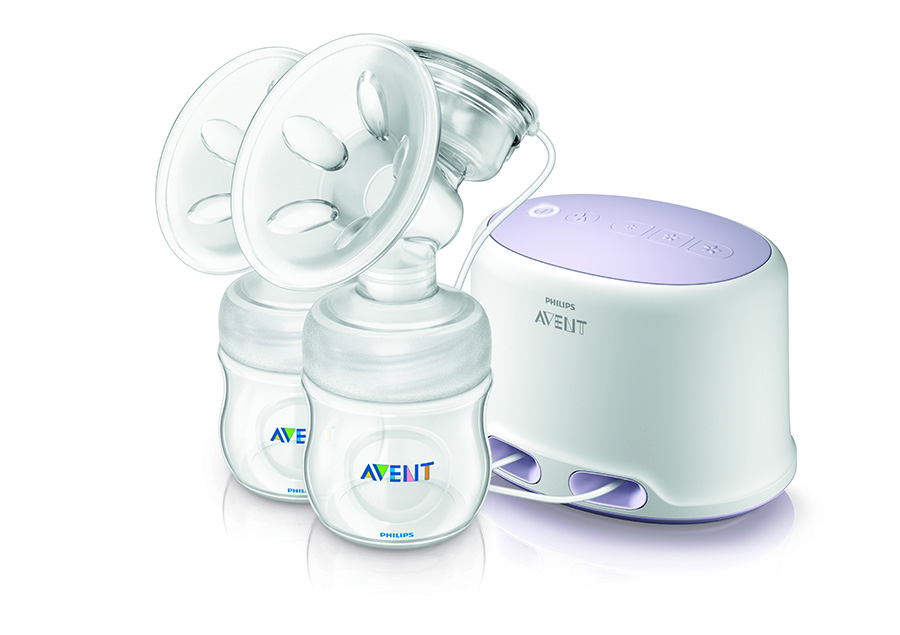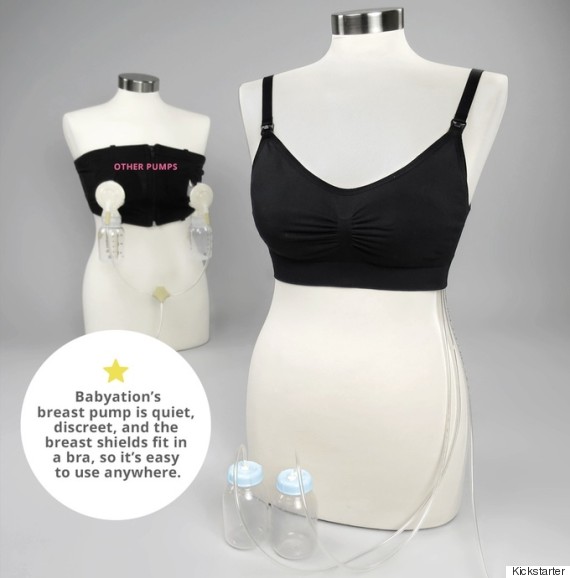About one in four travelers buys travel insurance, and the coverage has improved considerably since the just-the-basics policies of the 1990s. The terrorist attack of September 11, 2001 added coverage for that eventuality, and the SARS and H1N1 epidemics made coverage for that standard. Hurricanes, natural disasters, tsunamis, and civil unrest, like the Arab Spring in Egypt, are also covered.
Insurers generally offer three classes of policies: basic, mid-level, and premium, with the comprehensiveness of coverage and price increasing accordingly. Cancel-for-any-reason policies give you the most flexibility.
Travel insurance is a comforting concept, but the devil is still in the details, and that creates lots of opportunity for salespeople to sell you false security. To avoid that, size up the deal by asking these 6 key questions:
1. How many choices does the seller give you?If you buy from a travel agent, you'll probably be offered only one or two policies from one company, and "best" typically means bestfor the travel agent,in terms of how much of a commission he or she collects on the sale. Online travel sites also tend to limit your choice.
We likeInsureMyTrip.com, which sells more than 250 polices from 29 different insurance companies. Choice is important because it allows you to buy as many or as few features as you want. If you're not sure what you need, use the websites old-fashioned toll-free number (800-487-4722) to get preciseguidance from one of its live agents.

2. Is this insurancetoocheaply pricedor overpriced?Real travel insurance costs 4 to 8 percent of your pre-paid non-refundable costs. So if your up-frontairlinetickets, resorthotel,cruise, and/or family tour package charges add up to $8,000, travel insurance can cost $320 to $640. Travelers over 40, longer trips, and more comprehensive coverage is priced at the high end. The $10 to $25 impulse purchase policy is very thin on benefits and may only provide death benefits, which you don't need if you have economically priced termlife insurance.
At the other extreme, watch out for overpriced policies, which can appear when your travel agent has a captive customeryou. The best way to know if you're overpaying is to shop around.
For information and advice on all things travel, visit ourTravel & vacation guide.
3. Can you get a pre-existing medical condition waiver?Trip cancellation (before you leave) and trip interruption (during your trip) are key reasons for buying insurance, and 80 percent of claims are related to medical problems. Unexpected injury and illnesses are, of course, covered. But if you consulted your doctor about a problem 60 to 180 days before your trip and that problem comes home to roost after you buy your travel, that would be an excludable pre-existing condition.
To be eligible for a pre-existing medical condition waiver, buy your travel insurance within 7 to 30 days of making your first payment for your travel, says Jim Grace, CEO of InsureMyTrip.com. "If you're 90 years old, get the insurance the same day you buy your trip, just to play it safe," says Grace.
4. Does the policy provide health care?If you're traveling overseas, yourhealth insurancemay or may not cover your care. If you're an older traveler,Medicaretypically doesn't cover you outside the U.S., though some Mediigap policies do. So travel insurance may be a wise buy for its health care benefits, which you can buy as part of a comprehensive policy or a la carte.
Although most trip cancellation/interruption coverage requires little or no deductible, travel health care coverage gives you the option of a zero to $1,000 deductible; of course, the lower the deductible the higher the premium. Be careful about payout limits, too. Some policies limit benefits to $10,000, which may not buy much health care.
5. What about medical evacuation?Medical service is only half of travel health care equation. The other half isgetting tothat medical care. The more adventurous, exotic, and remote your travel is, the more it will cost to transport you to competent medical treatment. After one female tourist was attacked by a lion in Zimbabwe and suffered neck, back, and leg injuries, she needed to be evacuated to Johannesburg, South Africa for surgery via air ambulance, then back home to the U.S. on a commercial flight with a rescue nurse.
A commercial-flight with a rescue nurse can cost $25,000, while an air ambulance can cost $100,000, depending on where you need to be picked up and where you have http://www.ebay.com/sch/i.html?_nkw=breast+pumps to go with what type of medical crew. You don't want to pay that bill, and we think medical evac coverage is well worth the price at about $200 to $300 for one trip a la carte and $200 to $250 for an annual plan for frequent travelers.
Your chances of needing such service are remote, of course. Only 5 in 100,000 travelers require out-of-country medical evacuation, says Dr. Roberth Wheeler, chief medical officer of On Call International, a leading provider that arranges for evacuation and care. But 60 million Americans traveled internationally in 2013, and On Call International helped 10,000 of them with its 24-hour 365-days-a-year service, which connects to a network of 4,000 medical facilities and 500 air ambulance and commercial medical transport providers worldwide.
6. Whatdon'tyou need?Dont buy insurance that covers small, manageable losses or only a slice of risk, says Bob Hunter, director of insurance for the Consumer Federation of America. For example, losing some of your belongings wont break you financially, so keep a close eye on your valuables and be ready to accept losing less valuable stuff. Too, if youre worried about dying in a plane crash, buyterm life insurance, which covers you no matter how you die as long as your policy is in force, rather than flight insurance, which only pays benefits if you die in a plane crash and covers you only for the short time you're flying.
Jeff Blyskal (@JeffBlyskalon Twitter)
Visit ourHoliday Gift Ideas pagethroughout the season to find the best deals, time-saving advice, and much more.
Copyright 2005-2014 Consumers Union of U.S., Inc. No reproduction, in whole or in part, without written permission. Consumer Reports has no relationship with any advertisers on this site.
http://www.foxnews.com/travel/2014/11/05/should-buy-that-travel-insurance/




 In this Dec. 17, 2014, file photo, White House press secretary Josh Earnest takes questions during the daily briefing at the White House in Washington. Trust in the news media is being eroded by perceptions of inaccuracy and bias, fueled in part by Americans' skepticism about what they read on social media. Just about 6 percent of people say they have a lot of confidence in the media, putting the news industry about equal to Congress and well below the public's view of other institutions. (AP Photo/Jacquelyn Martin, File)
In this Dec. 17, 2014, file photo, White House press secretary Josh Earnest takes questions during the daily briefing at the White House in Washington. Trust in the news media is being eroded by perceptions of inaccuracy and bias, fueled in part by Americans' skepticism about what they read on social media. Just about 6 percent of people say they have a lot of confidence in the media, putting the news industry about equal to Congress and well below the public's view of other institutions. (AP Photo/Jacquelyn Martin, File)



